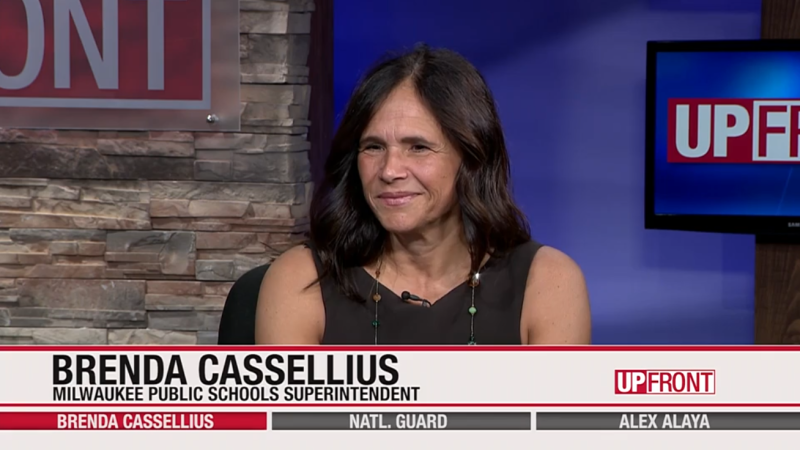Milwaukee Public Schools Superintendent Brenda Cassellius says the district could have a $100 million "structural imbalance" as soon as next year and is already raising the issue with state lawmakers. "If there is no additional state aid coming in, that would either mean pretty drastic cuts to the district or raising of revenue somehow to be able to continue to provide the same level of service we...
Please log in to access subscriber content.
If you don't have a subscription, please contact schmies@wispolitics.com for subscription options on the WisPolitics-State Affairs platform, which is the new home for WisPolitics subscriber products.



